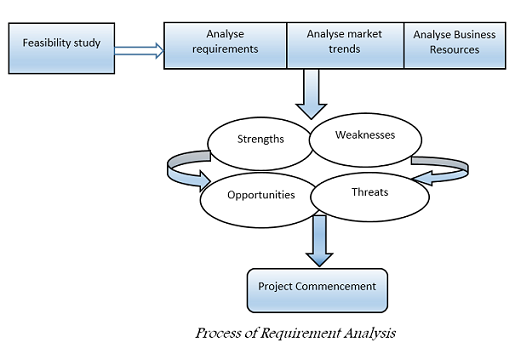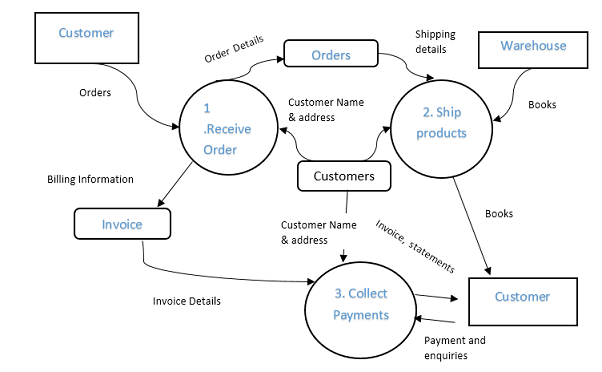

Software development emanates from a 'need', a need for a complete application that keeps a track of activities of an organisation. For example a healthcare system is in need of a software that records and maintains the details of all its patients and staff members or a university would be interested in a software which stores the information of its students, teachers, admin, hosteller etc.
As per IEEE definition requirement analysis is - 'the process of studying and refining system, hardware or software requirements'.
Requirement Analysis is a technique that takes into account what is in the mind of the end user and how far we are able to perceive the facts in exactly the same manner. It includes broadly three types of activities:

The process of requirement analysis involves quite a few things. Usually business analysts are involved in the process of requirement gathering who carefully analyses both functional and non-functional aspects of the application to be undertaken.
Use case diagrams are created to analyse the underlying meaning of the project in greater detail.
A DFD is a representation of a structure in which the connection between two or more entities are shown.

This DFD represents the association between customers and retail book store and how an interaction takes place among them.
Advertisement: